Kurds are an indigenous group, known for being inhabitants of Kurdistan (a province in West Asia). Compared to current geography, Kurdistan stretches from northwestern Iran, northern Iraq and southeastern Turkey, to northern Syria.
In modern times, Kurdish people have social enclaves in a few other places, such as Khorasan and Central Anatolia. Some scattered populations of Kurdish people can also be observed in Western Europe and Western Turkey.
If we take a closer look at western Turkey, Istanbul is a remarkable hub for Kurdish communities in the region. While in Western Europe, Germany can be considered the focal point of the Kurdish population diaspora. A global estimate of the Kurdish population of around 30-45 million people is currently observed.
The Ottoman Empire faced defeat in the First World War. The Western Alliance, which won the war, made a promise through the Savres Treaty in 1920 about a Kurdish state. In the Lausanne Treaty, the promise was broken, only 3 years after the previous treaty. This left the Kurdish people as a minority in all the major countries.
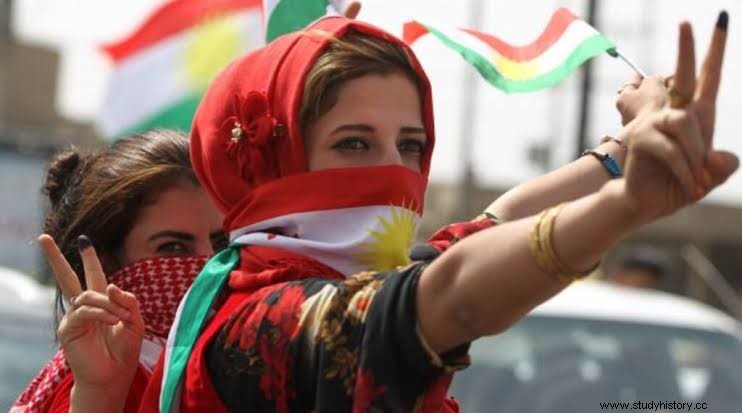
Kurdish history, whether old or new, follows a pattern of massacres, riots and major uprisings with violent clashes with others. There are even conflicts going on while we are talking, Syrian, Turkish, Iranian Kurdistan and Iranian provinces.
The Kurds have protested and revolted against the restrictive rights they have granted for quite some time. There have been many riots and movements in the name of trying to improve their cultural rights, independence and social status throughout Kurdistan.
Religious diversity in Kurdistan
Despite what you may have thought, Kurdish people are not all of the same religion. Kurdistan has its own religious diversity.
Sunni Islam, Shia Islam, Alevism, Yarsanism and Yazidism are some of the most influential religions and are practiced by many.
But before we continue to know more about the types of religions practiced by the Kurds, it is important to know the meaning of syncretic religion first.
Syncretic religion / syncretism;
"The blending and assimilation of different religious philosophies, cultural traditions were originally kept discreet and faith practiced by different schools of thought, and united their various aspects to provide an inclusive approach to other faiths as well."
Yazidism among the Kurds
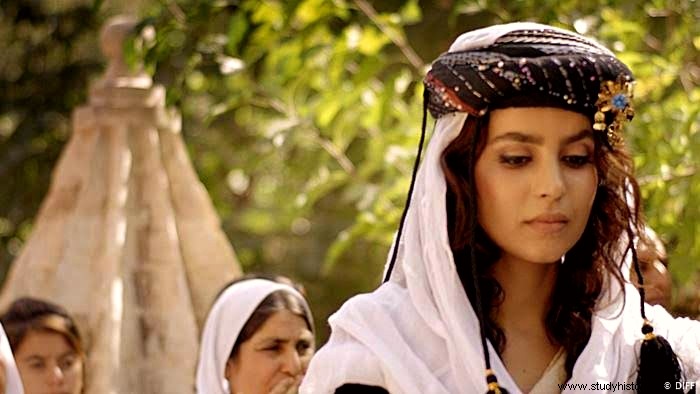
A syncretic religion founded by a 12th century visionary, Sheikh Adi ibn Musafir. Yazidism has many followers among the Kurdish communities. Some statistics claim that this number is around 500,000 to 1.2 million worldwide.
Yazidi beliefs indicate that after God created the world, they assigned care into the hands of seven divine beings. Melek Taus, who is depicted as the peacock angel, is considered to be the caretaker assigned to the earth.
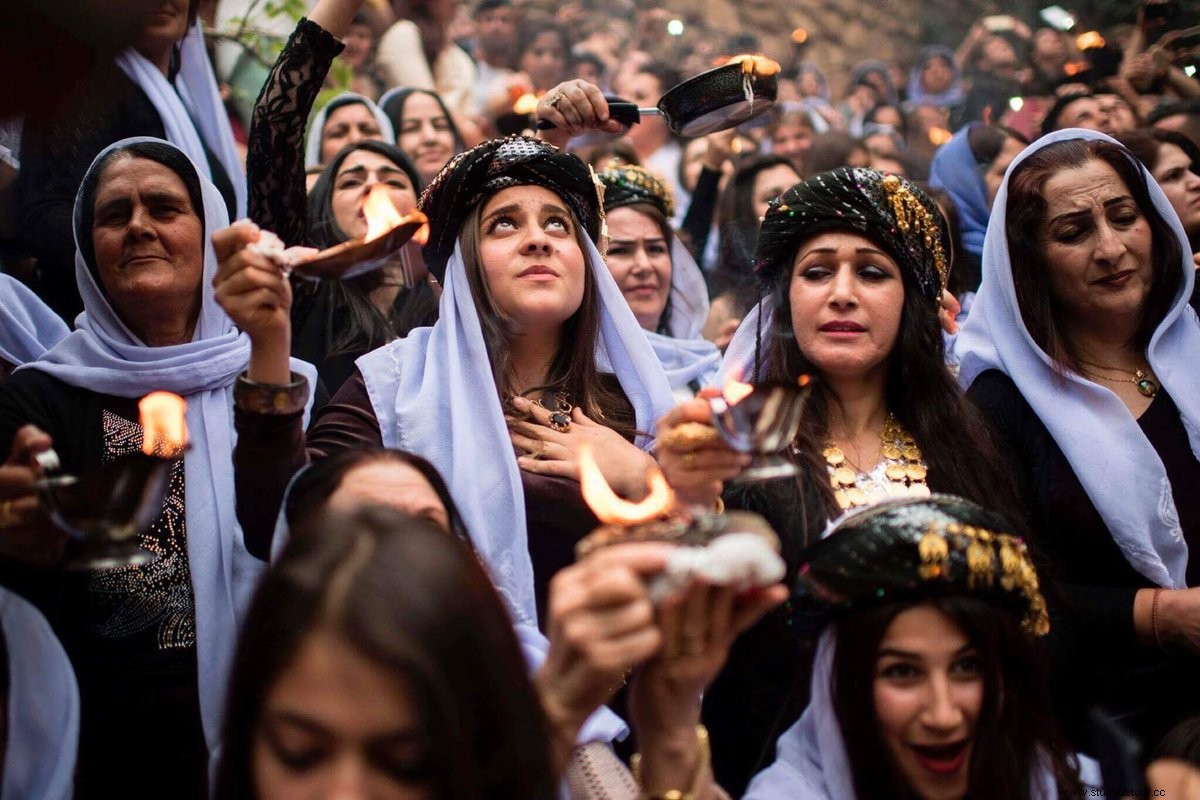
It is believed in the Yazidi culture that the divine beings incarnate from time to time in the form of humans to act as a guide. Any Yazidi who marries outside his religion is prohibited from practicing the religion. They are automatically considered to have given up the right to do so.
The Yazidi people are mainly in the area around the Nineveh Governorate in Iraq. Lalish in northern Iraq is considered the holiest location of the yazdis. Since it is the place of the tomb of the founder of their faith.
Christian communities among the Kurds
Any account that describes the religious diversity of the Kurds speaks only of the presence of a few individuals of Christian origin.
Recently, around the 19th and 20th centuries, the travel logs of various visitors to Kurdish communities also described the presence of Kurdish Christian tribes. Enough in numbers that they could easily be considered a society for themselves.
It is believed that this may have been due to the Kurdish assimilation of the Assyrian and Armenian cultures during the raids of Diyarbakir and Tur Abdin. The hostility between the Kurdish Muslims and the Assyrian / Armenian Christians has been erased by time.
For the time being, it is important that both religions continue to exist side by side despite divisions between them in ancient times.
It was also reported that some Kurdish Muslims have also converted their religion to Christianity in recent times, and apparently this is not an unusual event either.
History of the Kurds:Conquerors of the Kurdish province
Kurdish people have suffered quite a bit from antiquity to the present day from invaders, conquerors, politicians and sometimes sudden betrayals.
If you want to call them some of these invaders to Kurdish communities, they are Alexander the Great sailing from the west and the ancient Persians in the east.
Back in the 10th century, Muslim Arabs came from the southern region to invade, while the Seljuk Turks in the 11th century also raided the Kurdish region.
The 13th century saw Mongols attack from the eastern province and the 16th century brought the invasion from the north by Ottoman Turks. The US invasion of Iraq in 2003 can also be vaguely considered such an event.
Recent History of the Kurdish People
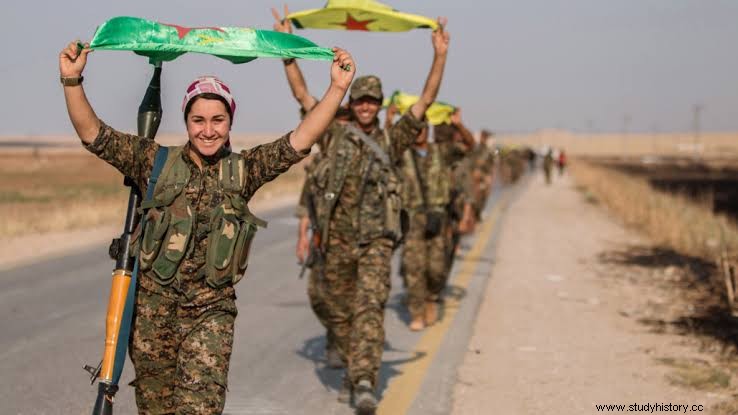
Whether you think of the oppression of the indigenous people by Saddam Hussein or are kept at a distance by the Ottoman Empire, the Kurdish people had to adapt a lot. The changing political powers always used to have a cautious attitude towards the Kurds.
1920:
An independent state for the Kurds was offered to them back in 1920 under the Treaty of Sevres. While the Kurdish people felt jubilant at finally getting the chance to create their sovereign nation, they faced the betrayal of the broken promise.
Mustafa Kemal Ataturk, the Turkish chief at the time, denied them the promised right. Kurdish people revolted against the repression, but the many revolts were crushed, time and time again by Turkish authorities.
1946:
With the help of the Soviet Union, the Kurds were able to inaugurate the Republic of Mahabad. While the Kurdish people were finally celebrating the success of their dreams, the same year Iran destroyed the newly budding state and wiped it off the map.
1988:
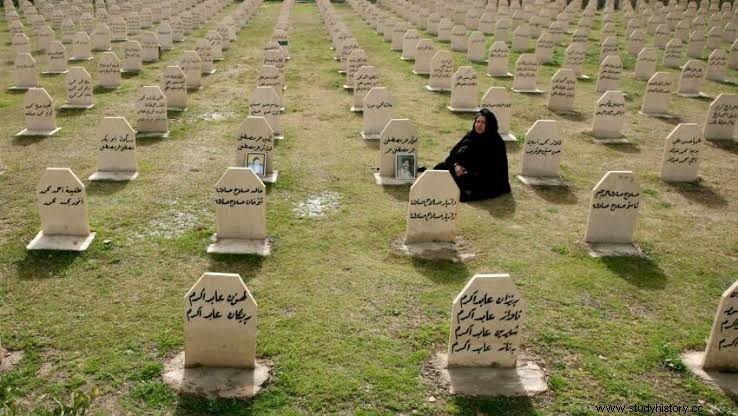
The Kurdish city of Halabja faced terror from a chemical attack. On March 16, 1988, around the end of the Ian-Iraq war, a poisonous gas attack was launched against the Kurds.
This was not only in violation of the rules of war, it was also the largest chemical attack ever launched against a civilian population. In the wake of the attack, more than 3,500 to 5,000 people were considered dead.
1991:
International powers protected the Kurdish people from the fears of the first Gulf War in 1991. Kurdish territory in northern Iraq was especially the area that received international protection.
It was allegedly done to prevent a new genocide attempt against the indigenous community as before.
Kurdish people not only faced threats from outside, but there have also been some fights between the different communities.
The Kurdish Civil War 1994-1997 was one such incident.
If you do a little research, you will find many more stories of violence in Kurdish history, but these are the last ones you should know about.
Kurdish culture:Folk music and crafts
Kurdish culture is a beautifully blended fusion of Iraqi, Iranian, Turkish, Assyrian, Armenian and Kurdish art.
Kurdish culture consists of many ancient traditions from different indigenous groups that have been assimilated into Kurdish societies in different ages.
From indigenous sports to world-famous carpet weaving, from the haunting mourning songs to the pop music that takes place, Kurdish culture is rich in both history and variety.
Let's learn a little about some of the most popular features of Kurdish culture:
Kurdish crafts
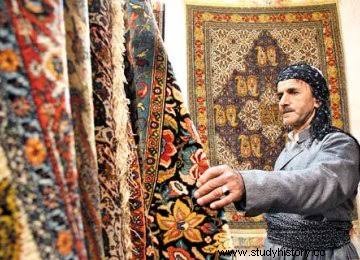
Kurdish craftsmanship is world-renowned for its handmade ingenuity. If you're interested in interior design, you must have heard of the beautiful rugs of Kurdish culture.
One of the best qualities of Kurdish folk art is its brilliant mastery of carpet weaving. Some of the most outstanding patterns of Kurdish art are the "jaff" geometric contours, the motifs of Mina Khani and the medallion patterns.
Beautiful carpet weaving is an art form that is passed down from generation to generation. The battens were woven into the rugs and are not only beautiful in appearance, they also have a mysterious meaning.
It is said that the patterns and designs of the rugs show the weavers' dreams. Sometimes the rugs woven by Kurdish people tell ancient stories and folklore. Sometimes it is wise words that have been inherited from generations in Kurdish culture.
You can definitely say that there is much more than one can see about the traditional folk art in Kurdish societies.
Kurdish poetry and song
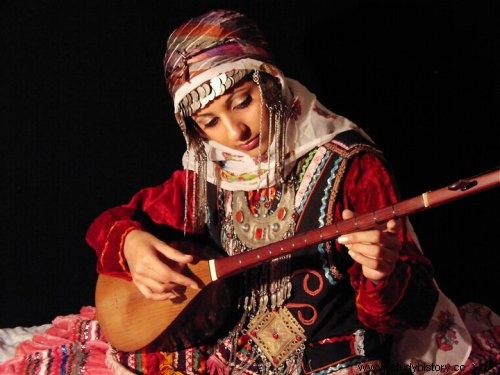
" Yalda Abbasi, is a dutar player and Kurmanji folk singer based in North Khorasan province." © Middle Eastern songs
Kurdish people are known for their traditional poetry and songs. One of the most epic poems that are popular of Kurdish cultural origin is called lawj. Like most Kurdish creations, fairy tales are mixed with romance and fighting frenzy.
The first known article of Kurdish origin dates back to the seventh century AD. Sharafnama, written by Sharaf Khan in 1596, is a world-famous composition that tells the story of Kurdish history in Persian.
Another epic was composed around 1695, a hundred years after the previous epic, by Ahmed Khan, known as Memozin.
Dengbej, an ancient Kurdish tradition where people with musical talents are known for performing Kurdish folk songs specifically. If you dissect the word for its meaning, you will find that 'bej' refers to 'to sing', 'deng' means 'voice'.
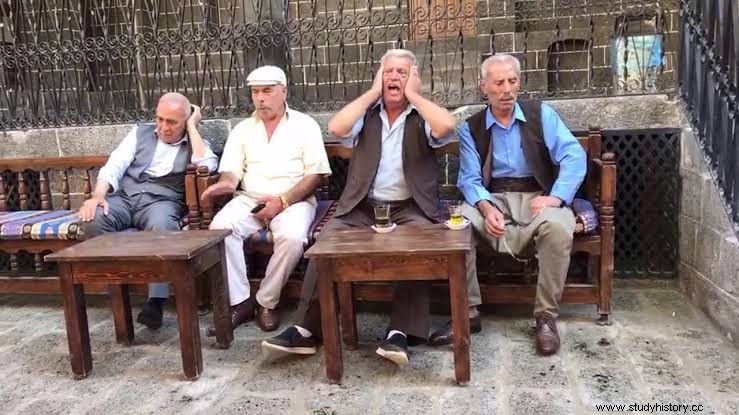
The most popular feature of Dengbej is their mourning song, it is known as "stran". Some of the most common conventional instruments of the Kurdish people are out-out (something like a guitar), flute and traditional drums.
During the 1980s, a Kurdish pop musician named Sivan Perwar was banned from performing in Iraq and Turkey because of his Kurdish origins. He moved to Sweden to continue his craft.
The Kurds have suffered through invaders, conquerors and betrayal to a great extent. Whether you look at the historical events associated with the Kurds, or modern times. Despite the uphill battle, they continue to fight the oppression to which they were subjected.
To this day, Kurdish men and women both take up arms to defend their region against ISIS.
Somehow, even in the midst of it all, Kurdish culture and crafts continue to flourish. The dengbej tradition sees a revival in modern times, and Kurdish craftsmanship is also valued all over the globe.
There are many topics that we can talk about related to Kurds, but I will end here with religion, culture and historical orientations. Let's meet again in my next blog to learn something new.
